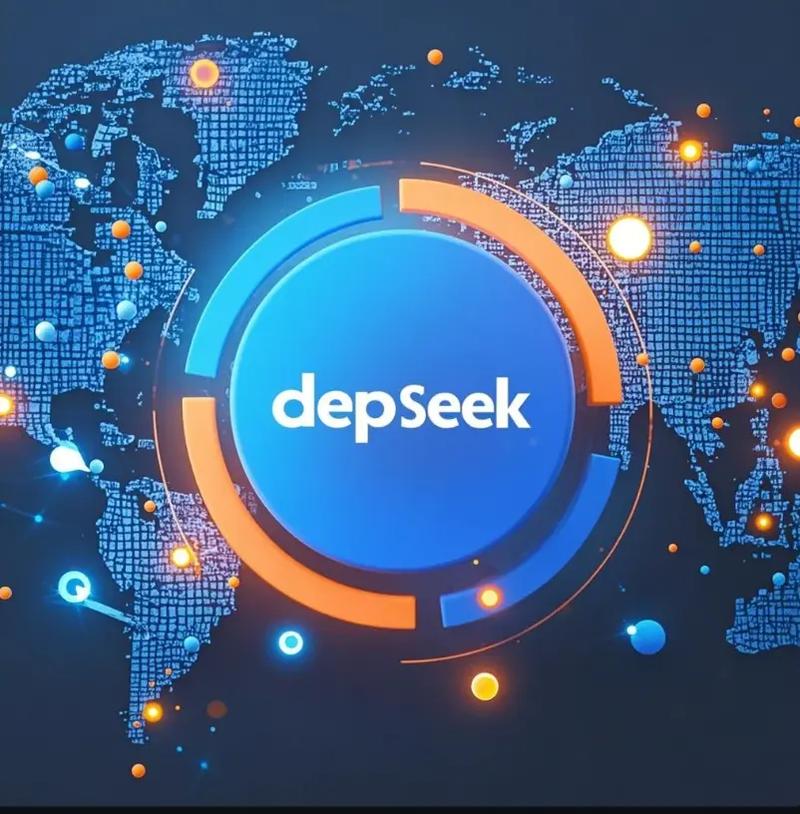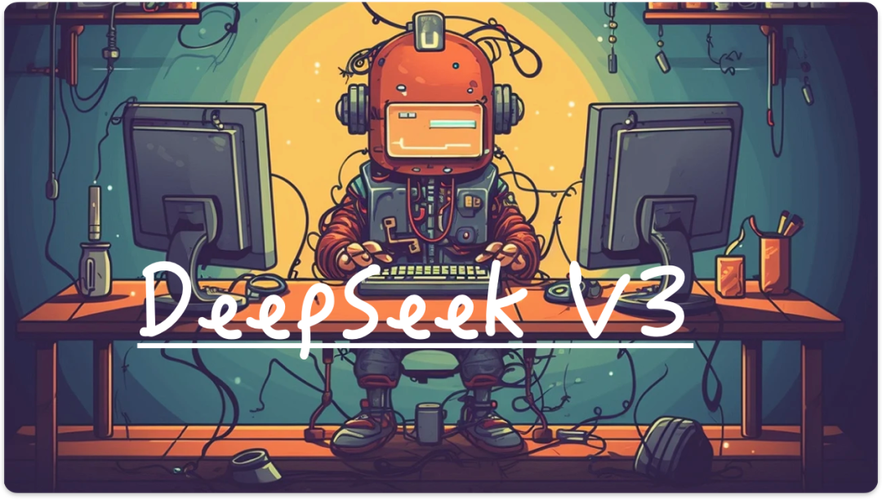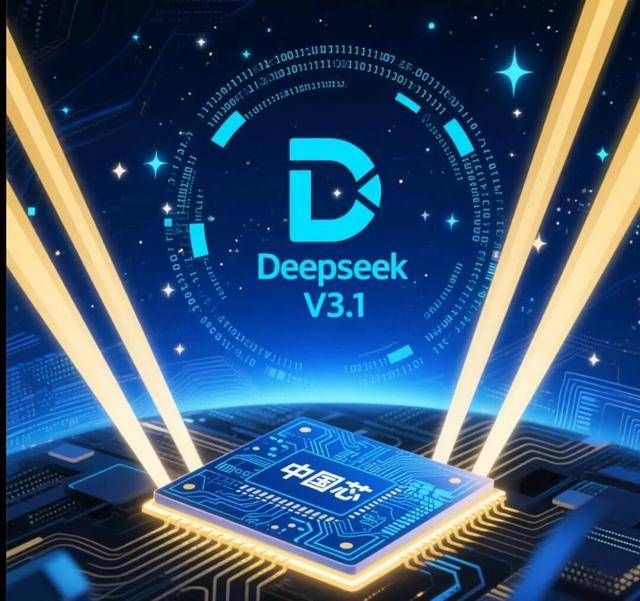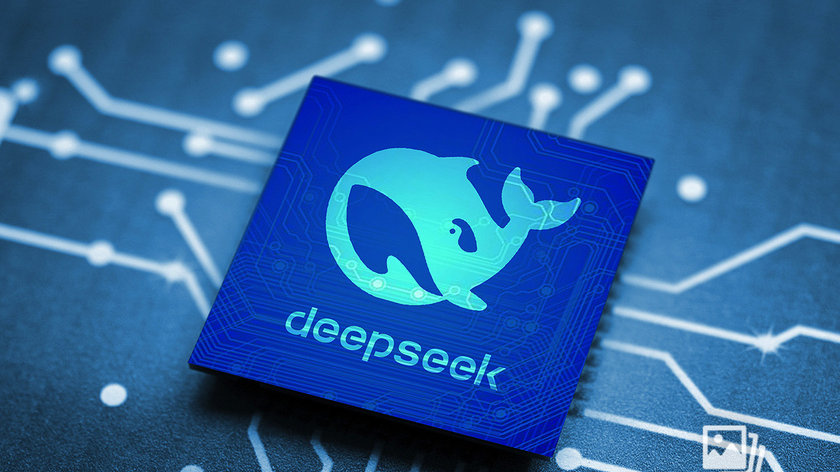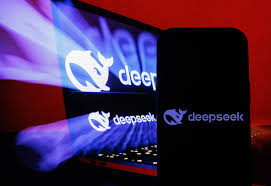DeepSeek: Igniting a Silent AI War Between China and the U.S.
Introduction
In early 2025, the release of DeepSeek V3 sent shockwaves throughout the global AI industry. Its blend of cutting-edge architecture, open-source accessibility, and exceptionally low cost-performance ratio didn’t just elevate the model to the forefront of AI innovation—it sparked a new kind of geopolitical contest. Without firing a single shot, DeepSeek has ignited a silent technological war between China and the United States, reshaping global dynamics in artificial intelligence.

This article explores the roots of this silent AI conflict, DeepSeek's strategic and technical breakthroughs, and how its existence challenges Western AI monopolies, potentially triggering a new era of digital sovereignty, AI nationalism, and accelerated innovation.
Part 1: DeepSeek's Emergence – A Disruption to the AI Hierarchy
For years, U.S.-based AI companies like OpenAI, Google DeepMind, Anthropic, and Meta dominated the development of large language models (LLMs). With multi-billion dollar backing, they set the standard for AI capabilities and commercialization.
But DeepSeek V3 changed that narrative:
Key Disruptive Features
-
671 billion total parameters with only 37 billion activated per token using MoE (Mixture-of-Experts)
-
Context window of 128,000 tokens, rivaling GPT-4 Turbo
-
Token prices that are up to 53 times cheaper than Claude 3.5 and GPT-4
-
API compatible with OpenAI standards, enabling seamless transition for developers
These features made DeepSeek not only technically comparable to top-tier Western models, but also far more accessible for global developers, especially those in the Global South and the Chinese tech ecosystem.
Part 2: The Silent War – AI Supremacy Without Bullets
Technological Sovereignty in Action
DeepSeek's launch is widely seen as China’s response to the AI chip embargoes and export restrictions imposed by the U.S. in recent years. By creating a top-tier AI model that can run efficiently on local infrastructure, China demonstrates it can thrive without dependency on Western silicon or software platforms.
Strategic Implications
-
AI Export Leverage: DeepSeek’s open-source nature allows Chinese and global developers to build apps, tools, and platforms without U.S.-controlled APIs.
-
Information Ecosystem: With models like DeepSeek, China can create its own digital knowledge infrastructure, avoiding reliance on Google, ChatGPT, or Facebook.
-
Cost Disruption: By offering DeepSeek for a fraction of the cost, China weakens the Western commercial AI dominance and pressures Silicon Valley firms to reconsider their pricing models.
Part 3: U.S. Response – Alarm Bells and Countermoves
The emergence of DeepSeek has not gone unnoticed in Washington or Silicon Valley. Analysts have highlighted several key concerns:
-
Tech Parity: DeepSeek V3 scores within 5% of GPT-4 on coding and reasoning benchmarks
-
Open Access Threat: DeepSeek is undercutting OpenAI's business model by offering cheaper or even free alternatives
-
Geopolitical Maneuvering: Concerns that Chinese state-linked companies will integrate DeepSeek into propaganda, surveillance, or digital infrastructure
Silicon Valley Adjustments
-
OpenAI fast-tracked GPT-4.5 and GPT-5 deployment
-
Meta is pushing LLaMA 3 into more accessible formats
-
Anthropic expanded Claude API availability globally
These are clear indications of a market reaction to DeepSeek’s competitive threat.
Part 4: AI Arms Race – The Next Digital Battlefield
The rise of DeepSeek heralds the AI arms race shifting from capability to accessibility:
| Metric | OpenAI GPT-4 Turbo | DeepSeek V3 |
|---|---|---|
| Max Parameters | ~1T | 671B (37B active) |
| Context Window | 128K | 128K |
| Avg Token Output Price | ~$30 per million | ~$1.12 per million |
| Open-Source | No | Yes (API+docs) |
With such parity in performance but massive gaps in cost and access, developers across Asia, Latin America, and Africa are now choosing DeepSeek as their LLM of record.
Military and Cybersecurity Concerns
DeepSeek’s potential dual-use capabilities, such as in autonomous drones or digital espionage, have led some U.S. policymakers to propose restrictions on its usage within critical systems.
Part 5: Global Repercussions – A Divided AI World
We are now entering an era where AI ecosystems may fracture along geopolitical lines:
-
Western World: OpenAI, Anthropic, Google, Meta
-
China and Allied Economies: DeepSeek, Zhipu, Baidu Wenxin
This bifurcation could create:
-
Diverging AI standards (similar to tech stack splits in 5G, OS, and browsers)
-
Regulatory misalignment
-
Data protection challenges in cross-border AI usage
Yet this rivalry could also accelerate AI evolution, as both sides race to improve performance, reduce latency, and enhance multilingual capabilities.
Part 6: What This Means for Developers and Businesses
The Opportunity:
-
Developers can leverage DeepSeek to build AI tools affordably, with long context windows and competitive intelligence.
-
Startups can bypass high API costs and focus on feature-rich development.
-
Companies in Asia, Africa, and Eastern Europe can now escape dependence on U.S. AI platforms.
The Challenge:
-
Potential for AI regulations to restrict DeepSeek-based apps in Western markets
-
Compatibility and support may lag behind U.S. offerings
-
Political narratives could drive misinformation about DeepSeek’s intentions
